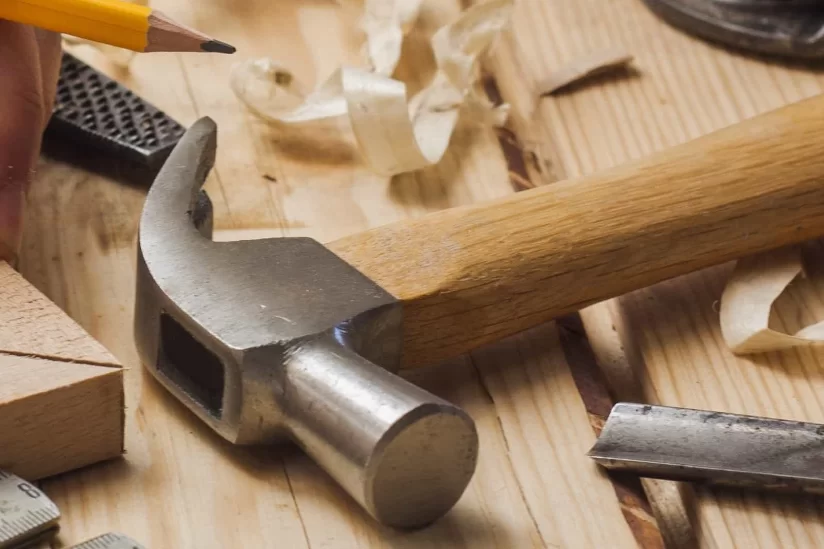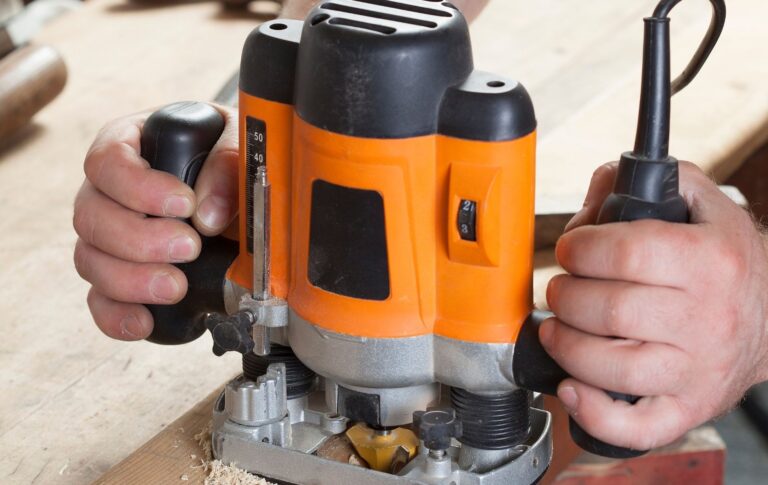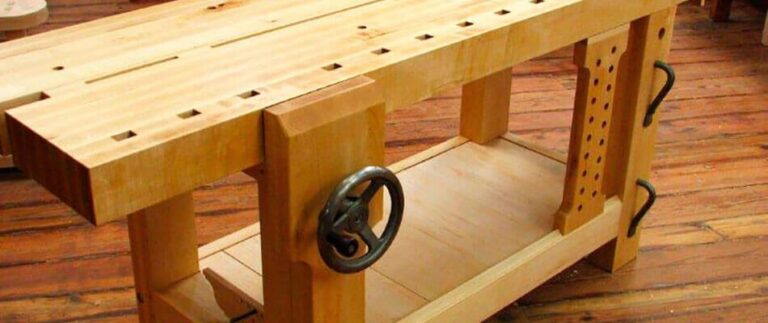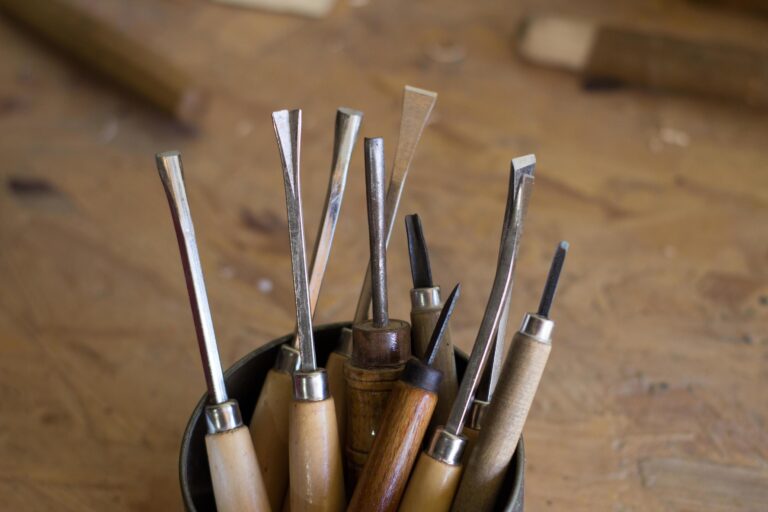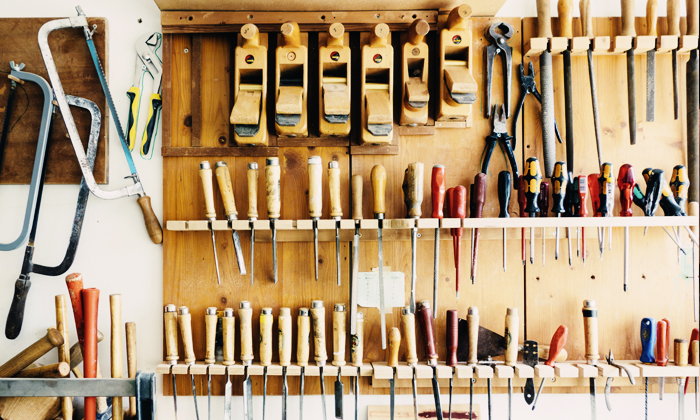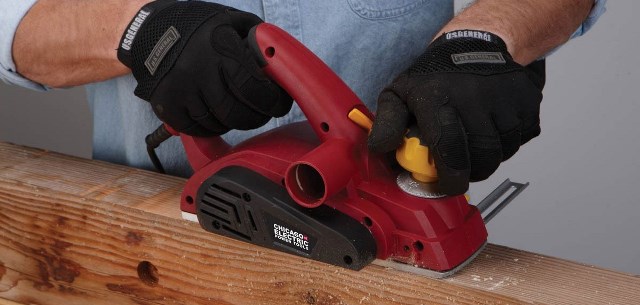Discover the Versatility of Hammers and Mallets in Woodworking
In woodworking, tools play a fundamental role in the success of any project. And among the most used tools, hammers and mallets stand out, which are true allies of carpenters. In this article, we will explore the versatility of these tools and show how they can make woodworking easier and better.
Table of Contents
Types of hammers and mallets
Carpenter’s hammer
The carpenter’s hammer is an essential tool in carpentry, used to drive nails and adjust parts in different projects. With a metal head and a sturdy wooden handle, this hammer provides good precision and control while working. Its flat head is ideal for creating a concentrated impact on the tip of the nail, facilitating fixation in the wood. Furthermore, the carpenter’s hammer can also be used to hit objects that require controlled force.
A common example of using this type of hammer in carpentry is when assembling furniture. When driving nails or screws, the carpenter’s hammer ensures a secure and durable connection between parts. Furthermore, when adjusting parts or carrying out small repairs, this tool proves to be very efficient and versatile.
Rubber hammer
The rubber hammer is an alternative to the carpenter’s hammer, especially when it is necessary to create an impact without damaging the surface of wood or other more sensitive materials. The head of this hammer is made of rubber, which reduces the risk of marks or scratches on delicate parts.
This type of hammer is widely used in carpentry for fine adjustments, fittings and to deal with sensitive materials, such as glass or tiles. It is also widely used when working with parts that require smooth, damage-free tapping, such as installing fittings, handles and other decorative elements.
wooden mallet
The wooden mallet is a traditional carpentry tool, consisting of a solid wood head and a resistant handle. This mallet is especially useful for jobs that require a heavier and more precise impact, such as assembling wooden structures or shaping parts.
Its massive head allows you to create a concentrated impact, ensuring a firm and precise hold. Furthermore, the wooden mallet handle offers great control and balance during work, making adjustments and shaping wooden pieces easier.
nylon mallet
Finally, the nylon mallet is a more recent and versatile option in woodworking. With a resistant nylon head and a wooden or fiberglass handle, this mallet is ideal for preventing damage to more delicate surfaces, as it does not cause marks or dents.
This type of mallet is used in various situations, such as installing wooden floors, assembling furniture structures and carrying out fine finishes. Its nylon head provides controlled force, preventing damage and offering greater precision in the work.
Differences between hammers and mallets
Hammers and mallets are versatile and indispensable tools in carpentry. Although they are often used interchangeably, they have distinct characteristics and functionality.
Carpenter’s hammer
A carpenter’s hammer is an essential tool in carpentry. It features a heavy metal head and a sturdy wooden shaft. Its main function is to fix nails and adjust parts during furniture assembly. With the carpenter’s hammer, it is possible to give precise and controlled blows, ensuring that the pieces fit together safely and firmly.
Rubber hammer
The rubber hammer is used when it is necessary to apply force without causing damage to delicate surfaces. Its head is covered in rubber, which prevents unwanted marks and protects solid wood or plywood pieces. It is ideal for adjusting furniture, aligning fittings and even for hitting parts that require greater delicacy.
wooden mallet
The wooden mallet is a tool widely used in carpentry, especially in jobs that require greater impact, such as carvings and sculptures. It has a head usually made of hard wood and a long shaft, which provides greater reach and control. The wooden mallet is capable of applying considerable force in a more precise and targeted way.
nylon mallet
In turn, the nylon mallet is a more modern and versatile option. Its head is made of nylon, a resistant material, but with less impact. It is ideal for jobs that require greater precision, such as furniture assembly and fine adjustments. Furthermore, the nylon mallet is less aggressive towards surfaces, reducing the risk of damage.
When comparing these tools, it is possible to identify the main differences between them. Carpenter and rubber hammers are ideal for jobs that require greater impact, while wooden and nylon mallets are more suitable for tasks that require precision. Each tool has its strengths and weaknesses, and your choice will depend on the type of work to be carried out.
In general, it is important to consider the characteristics of the tools and evaluate the specific application in each situation. A carpenter’s hammer can be indispensable for assembling furniture and driving nails, while a nylon mallet can be ideal for fine adjustments to delicate surfaces. The correct choice can make all the difference in the quality of the work performed.
It is essential to keep in mind that the proper use of tools is essential to obtain better results. Following safety recommendations when handling hammers and mallets and taking care of their maintenance will guarantee a longer and more effective useful life. Therefore, be sure to use these versatile tools in your carpentry and explore their full functionality to present quality work.
Applications in woodworking
Hammers and mallets are fundamental tools in carpentry, as they provide versatility and practicality in carrying out various tasks. Its applications are diverse and complement the carpenter’s work, from assembling furniture to fixing nails and adjusting parts.
When assembling furniture, the use of hammers and mallets is essential to fit the pieces together precisely and safely. With a carpenter’s hammer, for example, it is possible to strike in a controlled manner, ensuring that the elements fit together perfectly, without damaging the wood. The wooden mallet, with its heavy head, is ideal for applying force to larger areas, facilitating the fitting of larger and more robust pieces.
In addition to assembly, these tools are also used for fixing nails and adjusting parts. With the help of a rubber hammer, for example, it is possible to drive nails safely, without damaging the wood surface. If there is a need to adjust a piece, the nylon mallet is a great option, as it offers the necessary density to make adjustments without damaging the wood.
Another important point to highlight is the use of hammers and mallets on different types of wood, such as solid wood and plywood. Solid wood requires a little more force when fixing and fitting the pieces together, while plywood is more delicate and can be damaged if the force applied is excessive. Therefore, it is essential to choose the appropriate tool for each type of wood, ensuring precise and quality work.
In short, hammers and mallets are essential tools in carpentry, being used in different stages of the process, from assembling furniture to fixing nails and adjusting parts. Its proper use provides more precise and lasting results, avoiding damage to the wood. Therefore, it is important to have the variety of options available on the market and choose the correct tool according to the needs of each situation.
Care and tips
In carpentry, it is essential to follow some safety recommendations for the correct use of hammers and mallets, as well as tips to extend the useful life of these important tools. After all, these measures guarantee the efficiency and durability of equipment, in addition to preventing accidents.
Security recommendations
To use hammers and mallets safely, it is essential to follow some basic precautions. Firstly, it is necessary to use protective equipment, such as safety glasses, to avoid eye injuries. Additionally, always keep your hands in safe places, protected from direct impact.
Another important recommendation is to use the appropriate tool for each task. Each type of hammer or mallet has specific characteristics, and using them correctly is essential to avoid accidents and damage to the workpieces.
Tips to extend shelf life
To guarantee the useful life of hammers and mallets, some care must be taken. An important point is to keep the tools clean and dry after use, to avoid corrosion of the material. Furthermore, it is recommended to store the equipment in an appropriate place, away from moisture and protected from falls and impacts.
Another tip is to use hammers and mallets carefully, applying the necessary force and avoiding unnecessary blows. This helps prevent premature wear and breakage of tool shafts and heads.
Finally, it is important to always use hammers and mallets for their specific purposes. Each tool is designed to perform certain tasks, and using it incorrectly can damage both the tool and the workpiece.
By following these safety recommendations and applying care and conservation tips, it is possible to enjoy the versatility of hammers and mallets in carpentry for a long time, ensuring precise and quality work.
Conclusion
Carpentry is a craft that requires precision and manual skill, and tools play a fundamental role in this process. Throughout the article, we highlight the versatility of hammers and mallets in woodworking, exploring their characteristics, functionalities and applications.
Throughout the text, we saw that there are different types of hammers and mallets, each with its own specificities. The carpenter’s hammer is ideal for adjustments and fittings, while the rubber hammer is more suitable for delicate work, avoiding damage to the workpiece. The wooden mallet is used to fix and adjust heavier parts, while the nylon mallet is ideal for preventing damage to more sensitive surfaces.
By comparing these tools, we also identify their strengths and weaknesses. While hammers offer greater precision and control, mallets provide greater impact and strength. The choice between one or the other will depend on the specific needs of each project.
In the context of carpentry, hammers and mallets are widely used. When assembling furniture, for example, they play an essential role, ensuring the correct fixation of the pieces. Furthermore, they are essential in applying nails and adjusting elements when handling solid wood and plywood.
However, it is important to highlight that the proper use of these tools is essential to obtain better results and ensure the carpenter’s safety. Therefore, it is recommended to follow the necessary safety measures, such as the use of personal protective equipment and periodic maintenance of tools. This way, it is possible to extend its useful life and guarantee the quality of the work carried out.
In short, hammers and mallets play a crucial role in woodworking, offering versatility and precision. Through the appropriate use of these tools, it is possible to achieve satisfactory results in various projects. Therefore, knowing its characteristics and applications is essential for any carpenter who wants to take their work to the next level.

